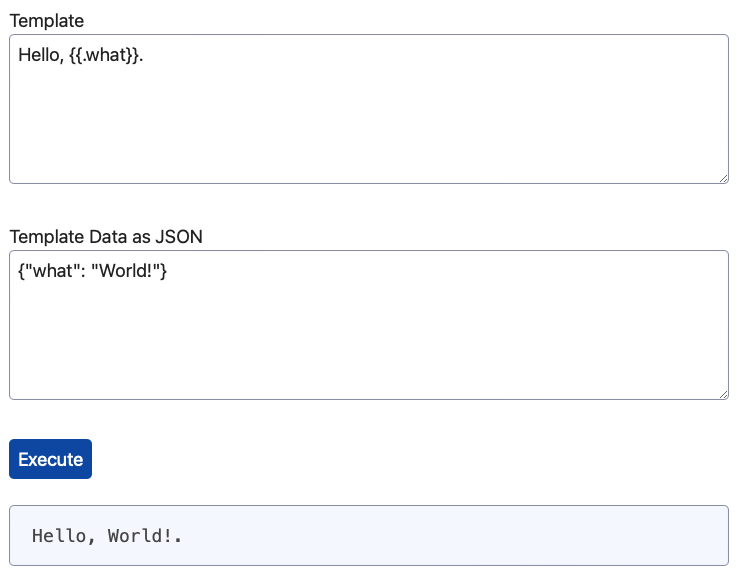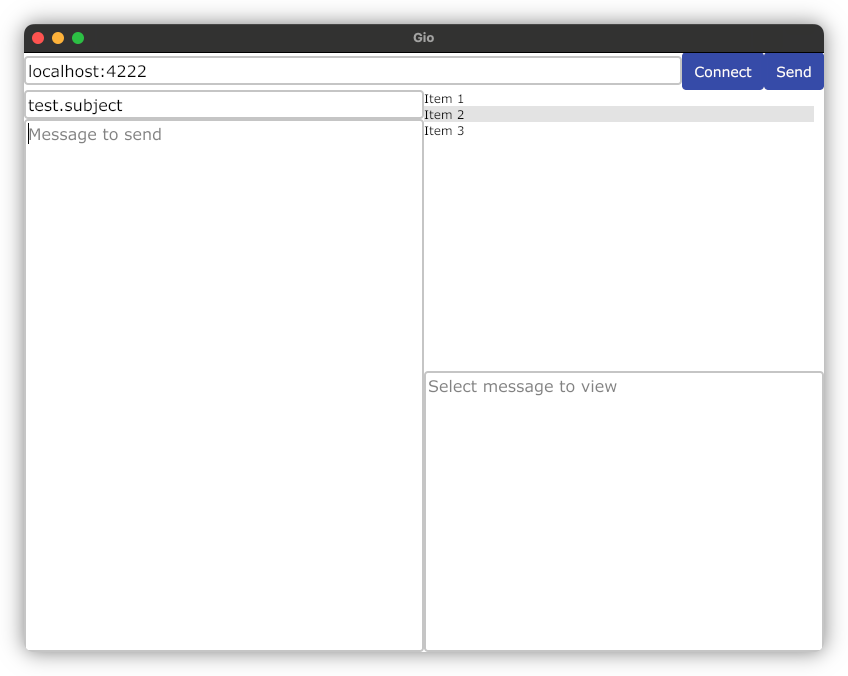-
Was writing “Airbus” in a message and mistakenly typed a P instead of a B. Found the results amusing, so I fired up ChatGPT’s image generator:

-
Okay, I too tried out ChatGPT’s new image generator, mainly it’s graphics design capability. Got it to generate a logo for our bocce club. I’m impressed by the results: it’s pretty much what I imagining.
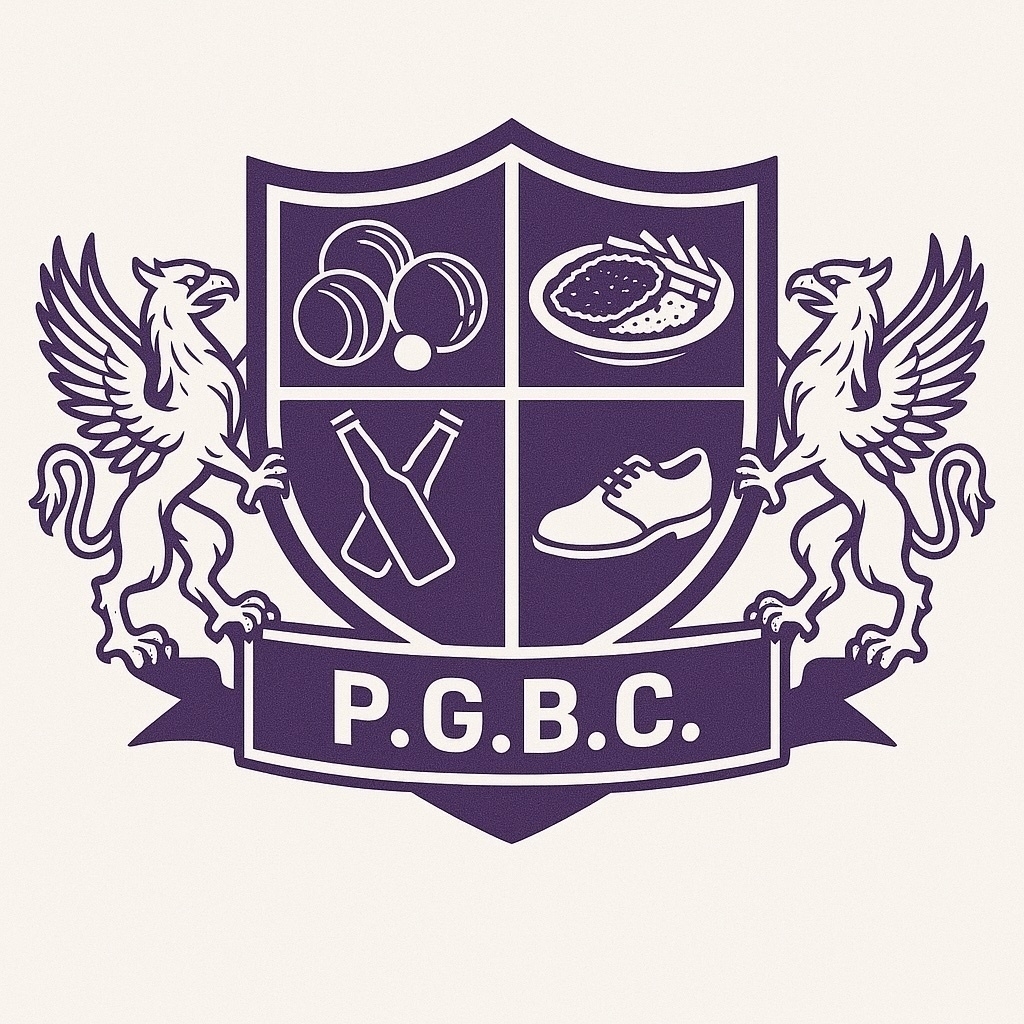
-
It lives!
-
Playing Around With MacOS Image Playground
Trying out MacOS Image Playground. Continue reading →
-
Gallery of Fake Logo For Test Organisations
A collection of humorous fake logos for test organizations is created for work-related purposes, primarily showcasing film and media production studios. Continue reading →
-
Two weeks ago, I tried that GenChess thing that Google Labs released. When prompted, I asked for a chess set to be made with pieces resembling Australian birds. What it produced was a little underwhelming, but I was curious to know what Gemini itself could produce when prompted for a single piece: an image of a pawn shaped like a cockatiel.
Here’s the prompt:
Please generate a photo realistic image of a 3D pawn chess piece which looks like a cockatiel. The piece must look like it is made with wood. The image must be generated with a white background and with a parallel projection.
And here’s the result:
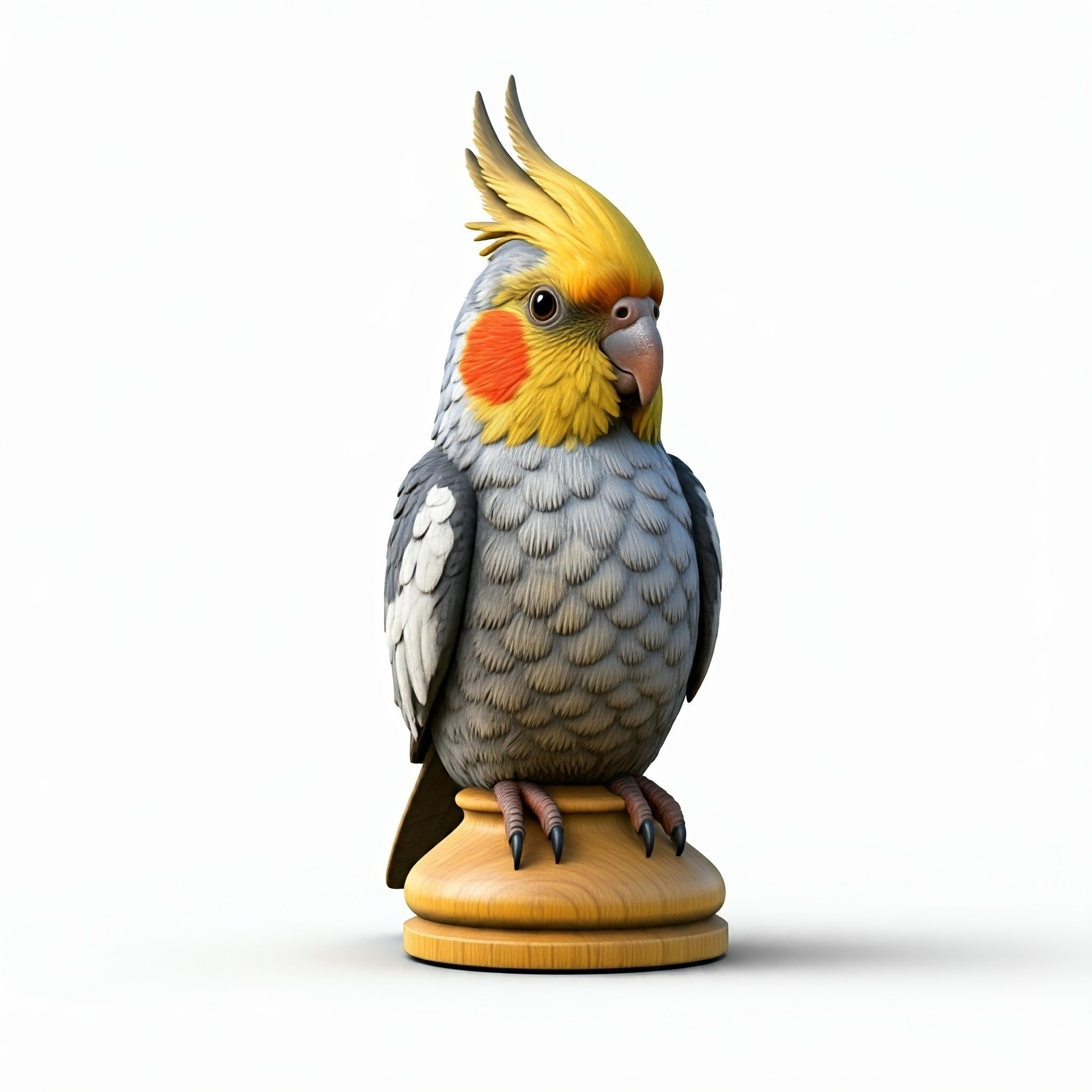
Not bad. Certainly better than what I could produce. And it’d be fun playing with such a set should one actually existed1.
It got me thinking as to what birds I’d choose if such a chess set were made in real life. My current idea is cockatiels as pawns, emus for kings (large and mobile, and important enough for such a role) and maybe cassowary as queens (also large and mobile, and actually quite dangerous in real life). I haven’t got positions for the other roles just yet.
-
Might be that such a set does. I haven’t actually looked. ↩︎
-
-
One other thing I did was finally address how galleries were being rendered in RSS. If you use the Glightbox plugin, the titles and descriptions get stripped from the RSS. Or at least it does in Feedbin, where all the JavaScript gets remove and, thus, Glightbox doesn’t get a chance to initialise. I’m guessing the vast majority of RSS readers out there do likewise.
So I added an alternate shortcode template format which wraps the gallery image in a
figuretag, and adds afigcaptioncontaining the title or description if one exists. This means the gallery images get rendered as normal images in RSS. But I think this sacrifice is worth it if it means that titles and descriptions are preserved. I, for one, usually add description to gallery images, and it saddens me to see that those viewing the gallery in an RSS reader don’t get these.Here’s the shortcode template in full, if anyone else is interested in adding this:
<!-- layouts/shortcodes/glightbox.xml --> <figure> <img src="{{ .Get "src" }}" {{ if .Get "alt" }} alt="{{ .Get "alt" }}" {{ end }} {{ if .Get "title" }} title={{ .Get "title" }} {{ end }} /> {{ if or (.Get "title") (.Get "description") }} <figcaption> {{ if .Get "title" }} <strong>{{ .Get "title" }} {{ if .Get "description" }} — {{end}}</strong> {{ end }} {{ .Get "description" | default "" }} </figcaption> {{end}} </figure>I’ve also raised it as an MR to the plugin itself. Hopefully it get’s merged and then it’s just a matter of updating the plugin.
-
Removing personal identifying information from logs is a laudable goal, but it does make troubleshooting issues in prod rather difficult.
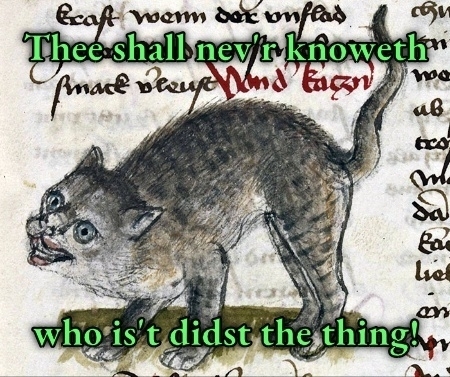
Source of meme image -
I finished my experiment with htmgo, building the worlds most inefficient world clock. It uses HTMX swapping to get the time from the server every second.
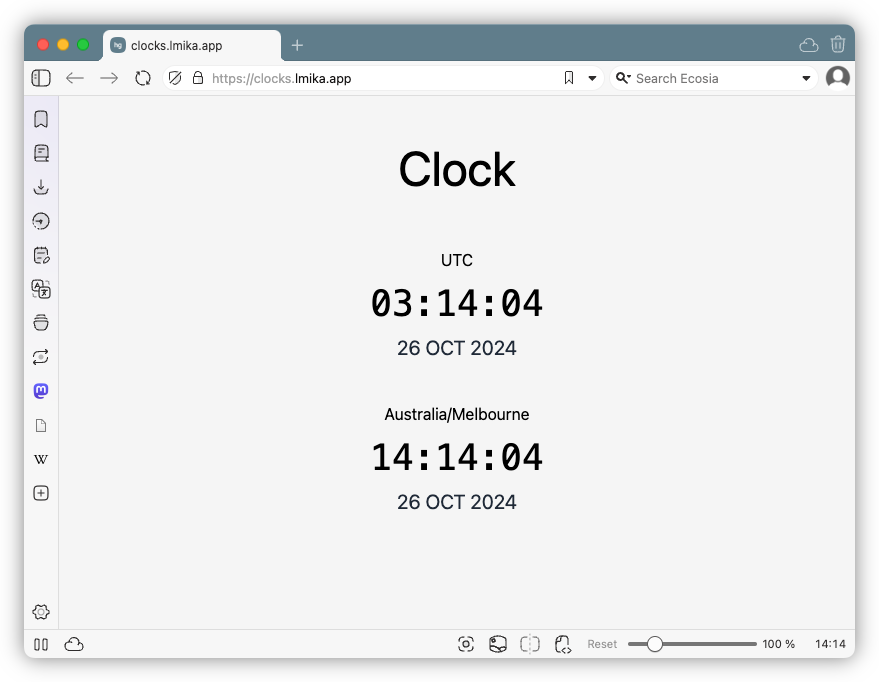
It’s an interesting framework. Not sure it’s fully ready yet (you can’t change the bind port, for example) but might be useful in the future.
-
I was poking around Dave Winer’s Software Snacks — a brilliant name for those — and I stumbled across Little Card Editor. Decided to give it a try.
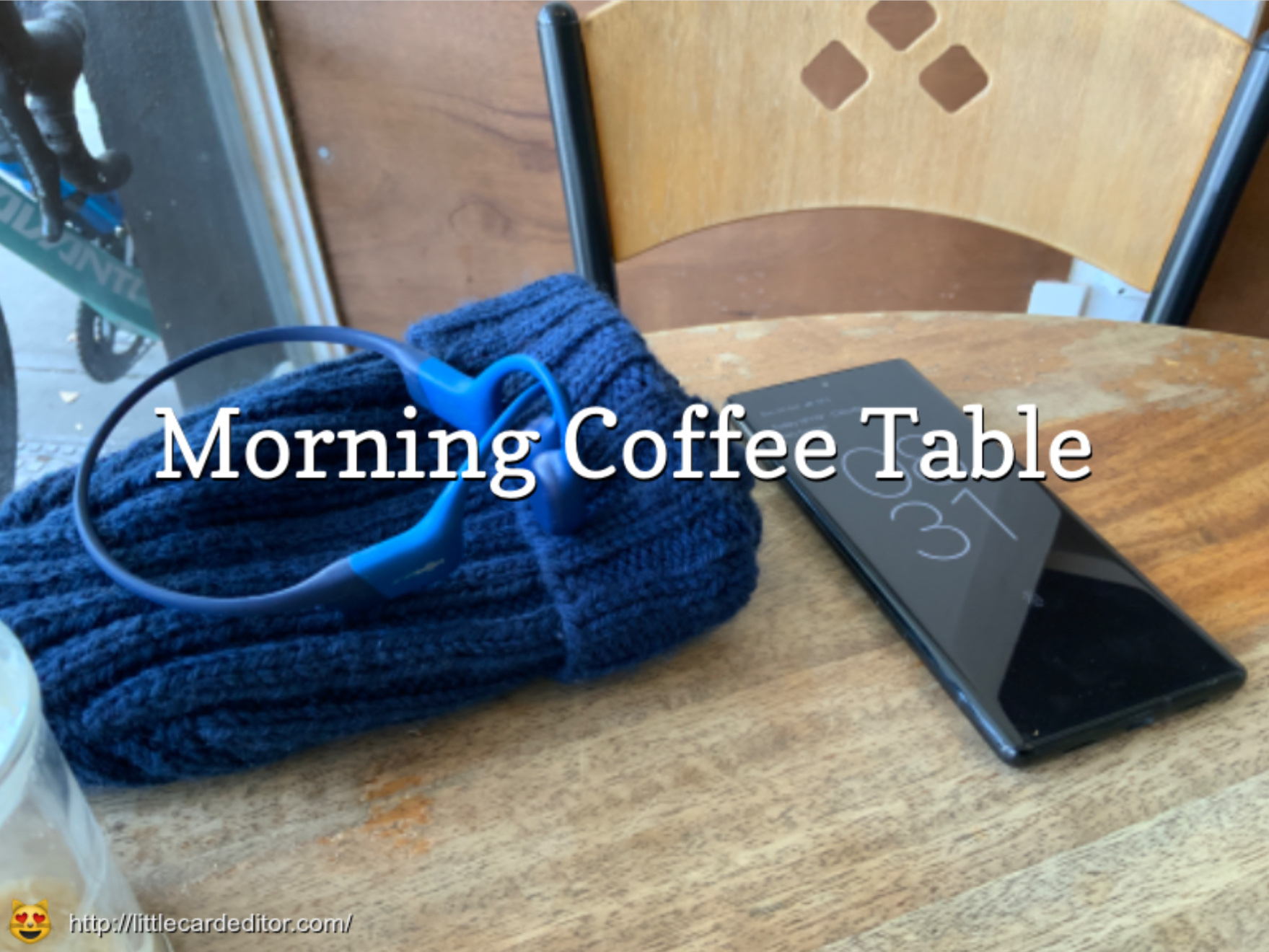
-
And that makes it the third time this week that I encountered a bug involving DynamoDB that was avoidable with a unit test that actually used a proper database.
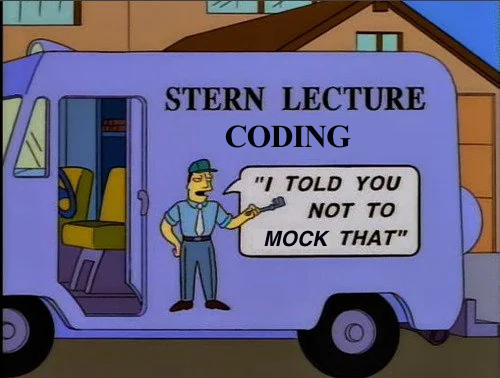
(To be fair, this time is was my fault: I haven’t got around to writing the unit test yet).
-
I’ll bring the lighter fluid. #burn-all-computers-to-the-ground

(sorry, it’s been one of those days 😼).
-
Phograms
Originally posted on Folio Red, which is why this post references "a new blog". Pho-gram (n): a false or fanciful image or prose, usually generated by AI* There’s nothing like a new blog. So much possibility, so much expectation of quality posts shared with the world. It’s like that feeling of a new journal or notebook: you’re almost afraid to sally it with what you think is not worthy of it. Continue reading →
-
A fun part of preparing for product demos is coming up with fanciful names for organisations. Today it was a video production house that specialises in “content”. I gave it the name “Content Mill Productions”. I even gave it a logo, using DALL-E.
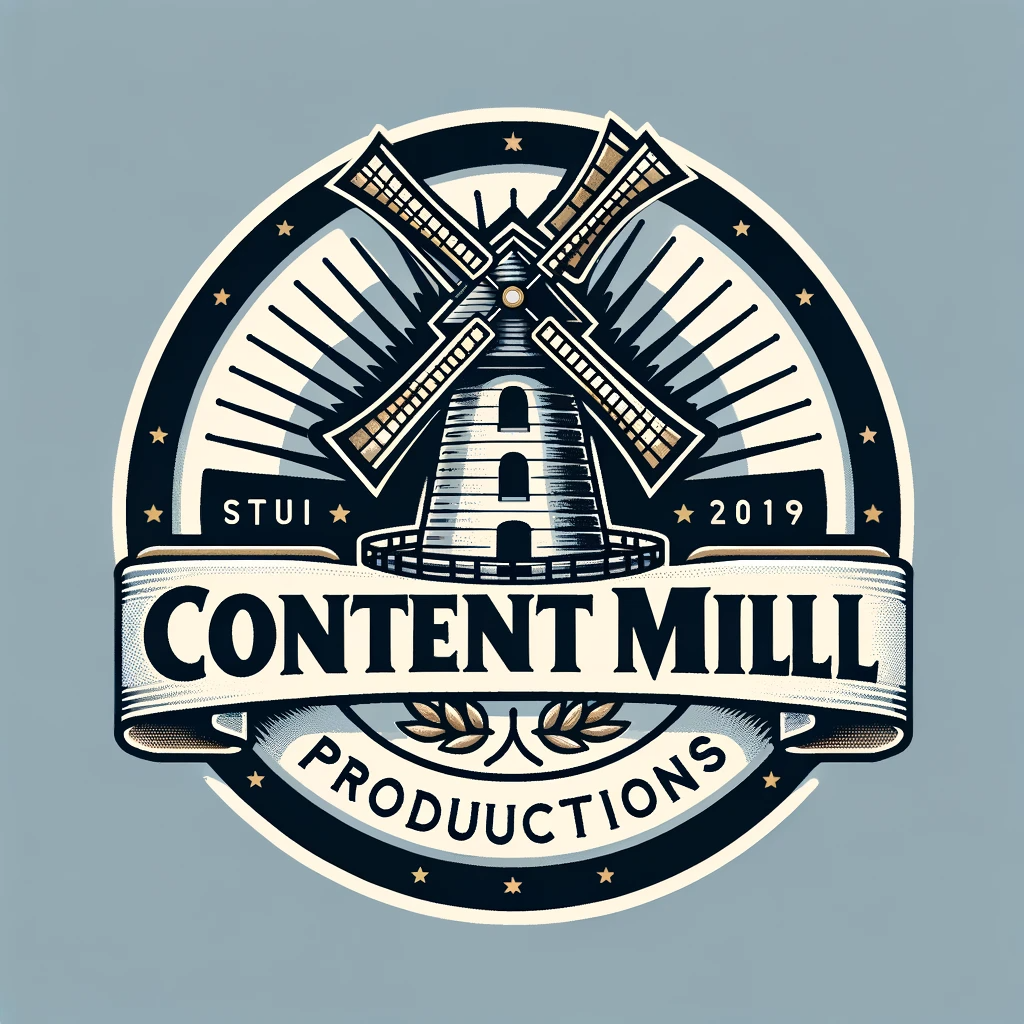
Not that clever, but good enough for a demo.
-
Test Creek: A Test Story With Evergreen.ink
Had a play with Evergreen.ink this afternoon. It was pretty fun. Made myself a test story called Test Creek which you can try out (the story was written by me but all the images were done using DALL-E). The experience was quite intuitive. I’ve yet to try out the advanced features, like the Sapling scripting engine, but the basics are really approachable for anyone not interested with any of that. Continue reading →
-
Another, slightly modified, DALL-E image. This one’s based on real events (i.e. what happened today during my walk).

-
Got an idea for a new feature for Dynamo-Browse. Began working on it this evening, starting with the UI:
Recorded using VHS.
-
Trying out the image generator in ChatGPT (which I think is just DALL-E). A few friends of mine will get this reference.
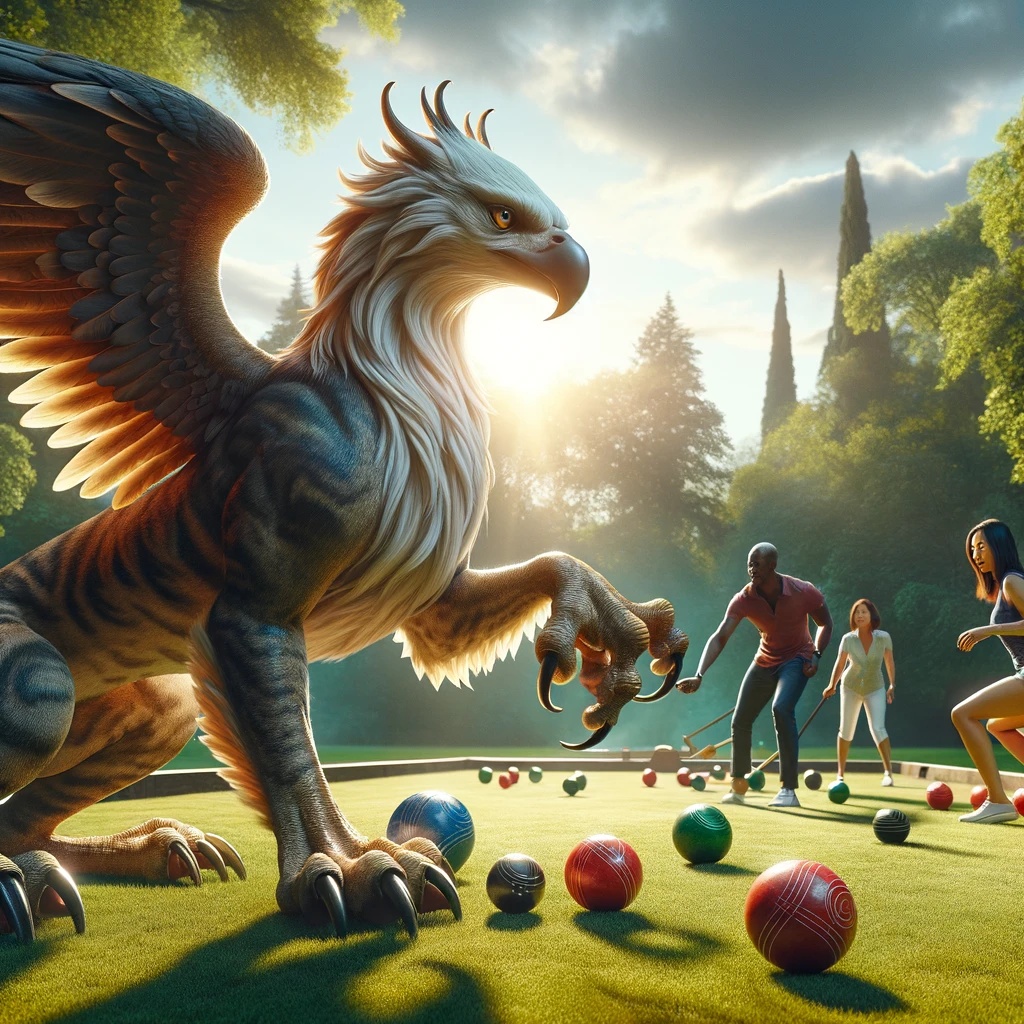
Prompt: an image of a griffin playing bocce in the park with two other people. -
While poking through some old GarageBand projects I came across this track I wrote a few of years ago. I didn’t think much of it of the time, but over the last day or so, it’s started to grow on me.
-
This conversation with @Gaby got my creative juices flowing so I though I’d put together a small video tutorial for using the GLightbox plugin by @jsonbecker. There have been a few updates with the plugin so how I use it might be slightly out of date. Either way, please enjoy.
-
More Logic Pro this evening. Here’s a recording of the main theme from Tubular Bells 2. Love how the Steinway Grand Piano sounds.
-
Launched Logic Pro and did some MIDI recording this evening. Here’s an except from “Top of the Morning” from Tubular Bells 3.
-
After having some success getting my early QBasic programs running in the browser I had a bit of a look this morning to see if I could do the same for my Delphi apps. I found a project called BoxedWine which looks promising. Seems to be a minified version of Wine that that runs in browser using WASM.
I downloaded the example and had a bit of a play around with a Tetris clone I built. It worked… to a degree. It was a little slow, and some of the colours were off. But it ran, and was actually usable.
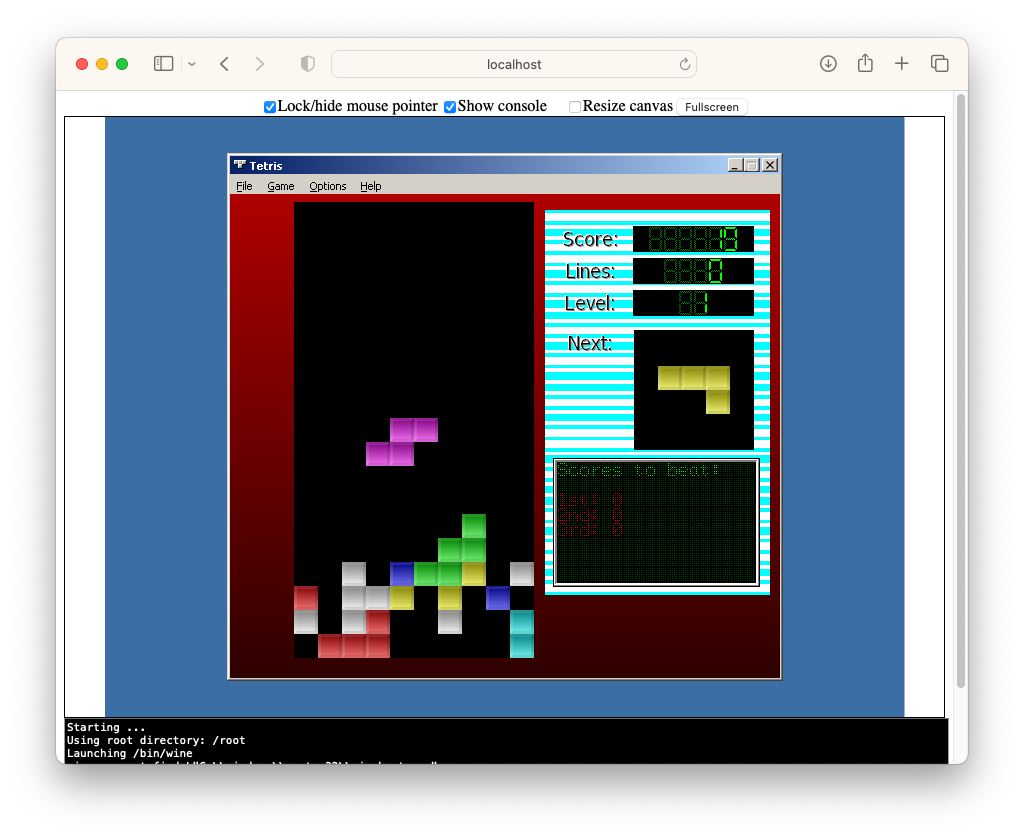
I did another test with an app that used OpenGL, which was less successful.
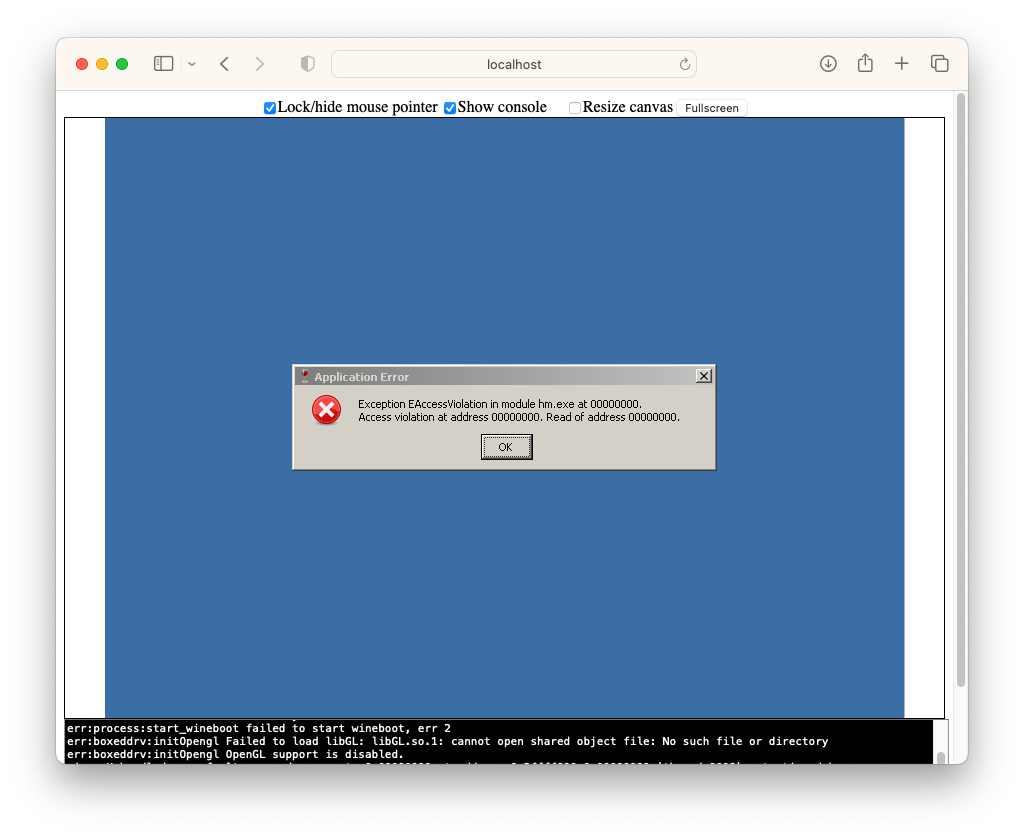
I think some of the OpenGL shared objects are not in the minified Wine distribution it was using. It might be possible to include them: there are instructions, and a few demos, on how to load files from the full Wine distribution on demand.
Anyway, not sure if I’ll pursue this further but it was a fun little exercise nonetheless. I’m pretty impressed that this is even possible at all. The Web stack is pretty freaking awesome.
-
Spent some time today building a site for my Go utility packages. A feature I’ve decided to add is a Go template playground, where you can test out Go templates in the browser. Not something I’ll use everyday but I’ve occasionally wished for something like this before. Could be useful.
